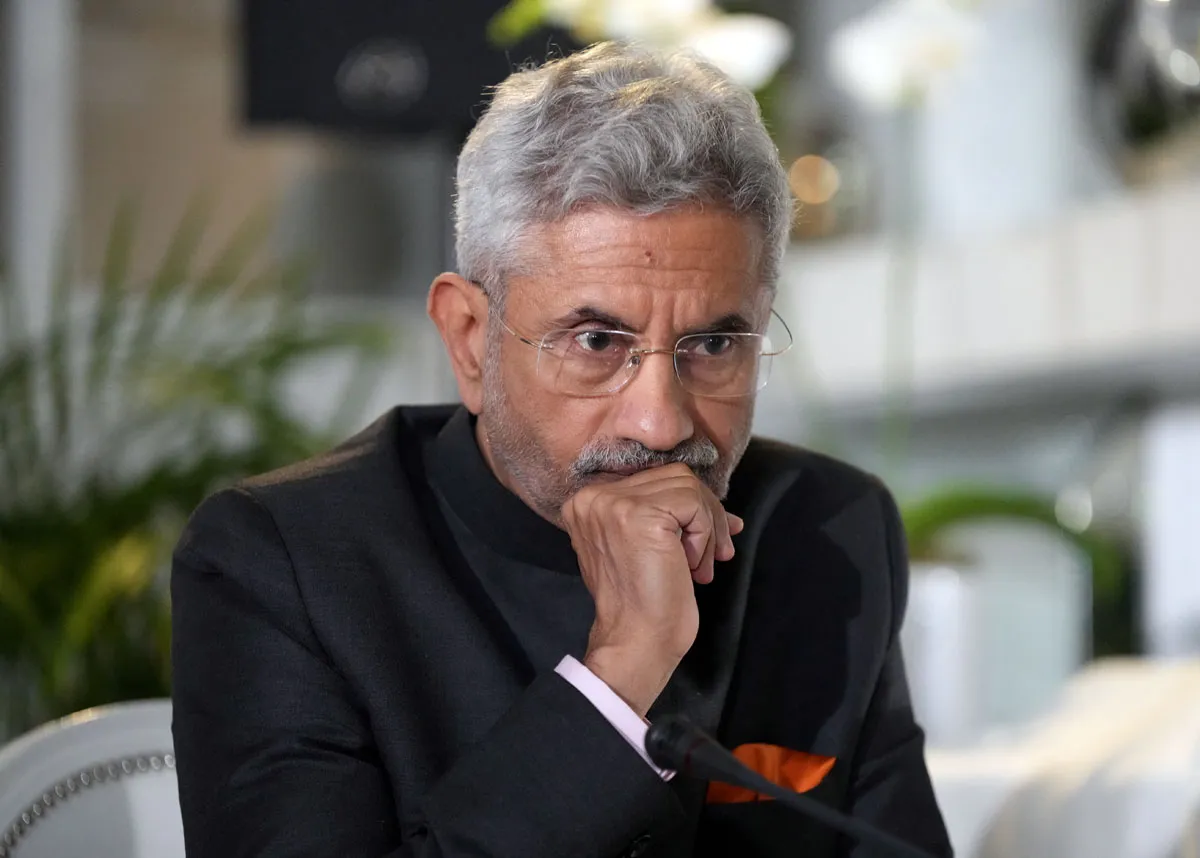DND Report
The global celebration of Pakistan’s Independence Day in 2025 has once again demonstrated that Pakistan’s diplomatic corps has effectively countered India in a single move. The Pakistani diaspora participated in the celebrations with exceptional enthusiasm, portraying the nation as an honored and proud people—especially after recently compelling its arch-rival to face defeat during the Indo-Pak war of May 2025.
Indian diplomacy is faltering across multiple fronts, including in the sphere of public diplomacy. Despite allocating $2.8 billion to its Ministry of External Affairs, India is in a state of shock over how Pakistan’s Independence Day was officially celebrated by the UAE.
Pakistani diplomats posted in Washington D.C., New York (UN), Germany, Australia, South Africa, Malaysia, and Abu Dhabi—interestingly, all from the 21st Common batch—are gaining diplomatic ground over neighboring India, which now finds itself on the back foot. These diplomats organized seminars, held discussions, engaged think tanks, and visited educational institutions in their respective regions, inviting people to attend the 78th Independence Day celebrations. Their strategy proved successful: in the UAE alone, over 60,000 people attended what became the largest Independence Day celebration for Pakistan globally. Similar impressive events were held in other countries as well.
India, which spends over $1.2 billion annually on international roadshows, foreign engagements, cultural, and tourism events through its 28 Union States (provinces), is stunned to see its influence eroding—even within the Indian diaspora, which now shows signs of a defeated national sentiment (as seen in the failure of Operation Sindoor). Figures suggest that India spends nearly $4 billion annually on diplomatic efforts.
In an attempt to mitigate its growing political isolation, India recently dispatched parliamentary delegations comprising 59 members to 33 countries, spanning North America, Central America, South America, North Africa, West Africa, Southeast Asia, East Asia, West Asia, and Europe. Prime Minister Narendra Modi has personally visited at least 41 countries over the past 11 years, including: Argentina, Austria, Bahrain, Belgium, Brunei, Canada, Denmark, Egypt, Fiji, Greece, Guyana, Iran, Ireland, Israel, Jordan, Kenya, Kuwait, Mexico, Mongolia, Mozambique, Netherlands, Nigeria, Oman, Pakistan, Papua New Guinea, Palestine, Philippines, Poland, Portugal, Rwanda, Seychelles, Spain, Sweden, Tajikistan, Tanzania, Turkey, Turkmenistan, Uganda, Ukraine, Vatican City, and Vietnam.
Modi has visited 14 countries twice, including Afghanistan, Australia, Bangladesh, Italy, Kazakhstan, Laos, Kyrgyzstan, Malaysia, Maldives, Mauritius, Myanmar, Qatar, South Korea, and Switzerland. He made three trips to eight countries: Bhutan, Brazil, Indonesia, Saudi Arabia, South Africa, Thailand, the United Kingdom, and Uzbekistan.
He visited Sri Lanka four times; China, Nepal, and Singapore five times; Germany six times; Japan, Russia, and the UAE seven times; France eight times (possibly for the Dassault Rafale deal); and the United States ten times.
The expenditures for PM Modi’s foreign trips are a matter of ongoing discussion in India’s independent media, as the Indian government has not released full data on the spending from May 2014 to March 2025. However, available information from government statements, news reports, and projected estimates suggests the total cost of these trips is approximately $450–500 million. This is a rough estimate based on publicly available data.
Despite spending such vast resources, India has failed to secure meaningful support from international forums. Even neighboring countries refrained from backing India during its recent standoff with Pakistan. Pro-Indian Western media outlets are now acknowledging that, as a hegemonic neighbor, India failed to earn any moral support from its immediate region, whose nations deliberately distanced themselves from New Delhi.
In Bangladesh, anti-India sentiment is high, diminishing Dhaka’s willingness to align with India on strategic issues. Sri Lanka, having suffered from Indian cross-border terrorism for decades, has now realigned with China and remains neutral. China’s deepening footprint in Colombo further constrains Sri Lanka’s room for maneuver.
Nepal has experienced strained diplomatic ties and border disputes with India since 2018, despite its reliance on Indian remittances. Yet, Kathmandu chose to remain neutral, particularly as it is now part of the Belt and Road Initiative (BRI)—which India refuses to recognize as a legitimate economic framework.
Bhutan, too, refrained from issuing any pro-India statement. The Doklam standoff in 2017 damaged Bhutan-India relations, and Bhutan has since shifted from a pro-India foreign policy to a more neutral stance, seeking greater autonomy in its foreign affairs.
The Maldives also opted not to support India, maintaining its historical neutrality in India-Pakistan conflicts. Newspapers in Nepal, Bangladesh, and Sri Lanka report that India’s diplomatic decline is a result of a decade of careless foreign policy and its tendency to treat neighboring countries as “inferior.”

India’s regional neighbors increasingly believe that New Delhi’s diplomatic isolation is further fueled by the BJP’s socially divisive domestic policies. The BJP’s Hindutva ideology—assertively woven into its national security and foreign policy apparatus—has alienated even Western allies. Indian External Affairs Minister S. Jaishankar, operating under this vision, is often criticized for his condescending tone, as if treating his global counterparts as students. Notably, S. Jaishankar is the son of Krishnaswamy Subrahmanyam, a respected Indian analyst, journalist, and civil servant in the field of international strategic affairs.
